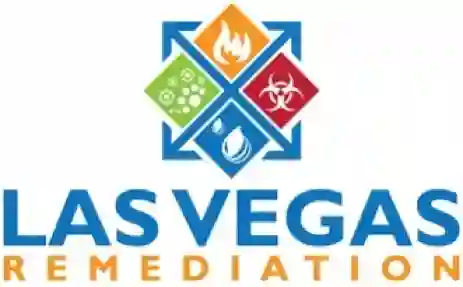Smoke damage can leave your carpets looking dingy and smelling unpleasant. It’s important to clean them properly to restore their appearance and ensure your home stays fresh and healthy. In this FAQ, we’ll explore the best methods for cleaning carpets after smoke damage, providing you with simple, effective solutions.
Assess the Extent of Smoke Damage
Before diving into cleaning, take a close look at your carpets and determine the level of smoke damage. This will help you decide if a simple cleaning will suffice or if more intensive treatment is necessary. Consider factors such as discoloration, the intensity of odors, and the size of the affected area to inform your cleaning strategy.
Significant smoke damage may also have affected other parts of your home beyond the carpets, such as walls and furniture surfaces. It’s essential to gauge whether these elements need attention simultaneously to ensure a comprehensive restoration effort.
Evaluating smoke damage thoroughly will set the baseline for your cleaning approach and allow you to gather the necessary tools and resources effectively.
Gather Necessary Cleaning Supplies
You’ll need cleaning supplies such as a vacuum, carpet cleaner, white vinegar, baking soda, and brushes. Having these ready will make the process smoother and more effective.
Consider investing in enzyme-based cleaners, which are particularly effective for removing organic odors like smoke. They work by breaking down the molecules causing the bad smell, ensuring a thorough clean.
For severe smoke damage scenarios, you might also need air purifiers with activated carbon filters to keep the area free from lingering scents while you work.
Vacuum to Remove Surface Debris
Start by vacuuming the carpet thoroughly to get rid of loose soot and debris. This initial step can prevent additional dirt from embedding deeper into the carpet fibers during cleaning.
For the best results, use a vacuum with a HEPA filter, which can capture even the smallest particles, leaving your carpets clean and debris-free before moving to more intensive cleaning steps.
Regular vacuuming is crucial to maintaining general carpet hygiene, so integrating this into your routine helps in preventing the accumulation of smoke residues over time.
Use a Carpet Cleaner for Deep Cleaning
A carpet cleaner, either rented or owned, can help remove deep-seated smoke odors and stains. Follow the manufacturer’s instructions and use a recommended cleaning solution for the best results.
Steam cleaning is often preferred for its ability to penetrate deep into carpet fibers, effectively lifting out smoke residuals that are clinging to them. Consider using a steam cleaner with an odor-neutralizing product for added effectiveness.
If you don’t have access to a carpet cleaner, spot-cleaning with a gentle detergent and warm water mix can serve as an alternative, although it may not be as thorough as professional equipment.
Apply White Vinegar Solution for Odor Removal
Mix equal parts of white vinegar and water, and apply it to the carpet. Let it sit for a few minutes to neutralize odors before vacuuming again. Vinegar is effective in combating harsh smoke odors.
For persistent smells, consider adding a few drops of essential oils to the vinegar solution. This not only masks unpleasant odors but can also leave a lingering fresh scent.
Using this natural remedy enables you to tackle smoke odors without introducing potentially harmful chemicals into your home environment.
Sprinkle Baking Soda to Neutralize Lingering Smells
After cleaning, sprinkle baking soda over the carpet and let it sit overnight. Vacuum it up in the morning to absorb any remaining smoke smell and leave your carpet smelling fresh.
Baking soda is widely recognized for its natural deodorizing properties, making it an ideal and cost-effective choice for addressing bothersome carpet odors.
Repeat this process periodically or as needed to maintain a fresh-smelling carpet, especially if your home is prone to smoke exposure.
Consider Professional Cleaning for Severe Damage
If the smoke damage is extensive or if your carpet is significantly discolored, it might be wise to hire a professional cleaning service. They have specialized equipment and expertise to handle tough cases.
Professional cleaners, such as those at Las Vegas Remediation Pros, utilize advanced techniques and tools to ensure a comprehensive restoration, leaving your carpets and home fresh.
In addition to cleaning, professionals can provide tips on preventing future smoke damage, contributing to the long-term health and aesthetics of your home.
Wrapping Up: Fresh, Smoke-Free Carpets
Cleaning carpets after smoke damage might seem daunting, but with the right preparation, tools, and techniques, you can restore them effectively. Remember to always prioritize safety and consider professional help if needed. With the steps outlined above, you’ll be well on your way to a fresher, cleaner home.




















